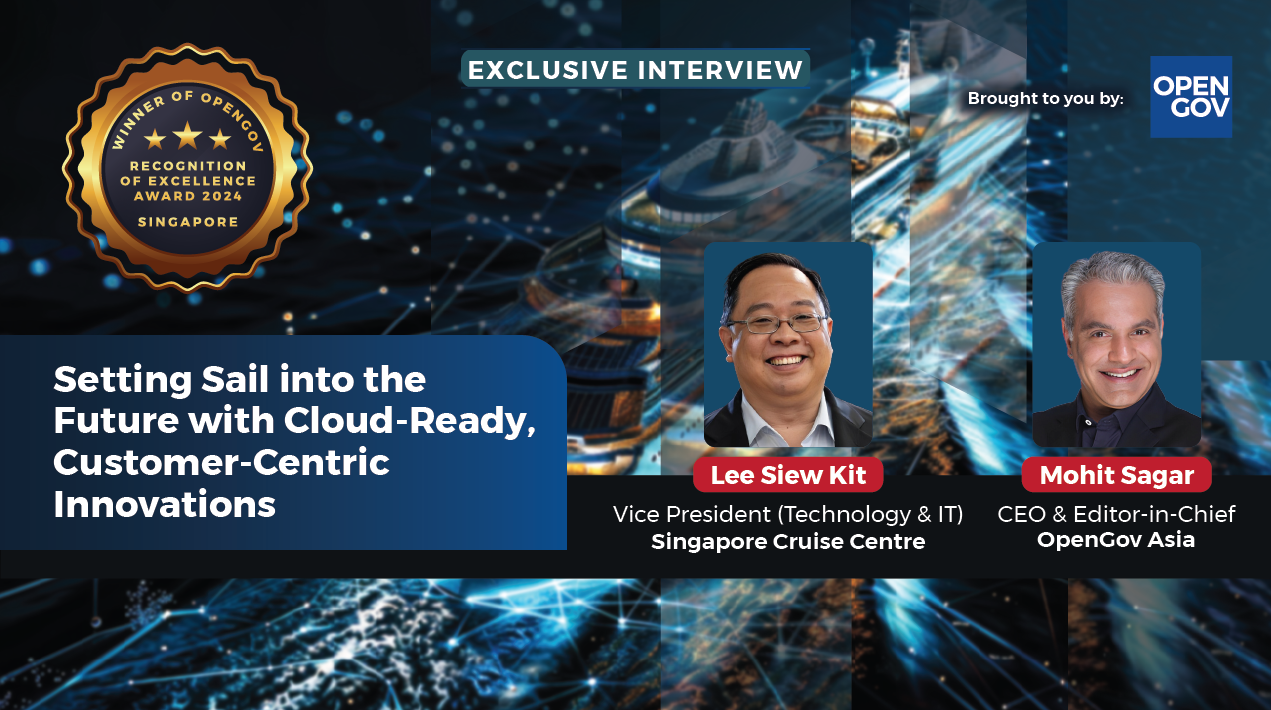
Mr Desmond Lee, Minister for National Development and Minister-in-charge of Social Services Integration spoke at the opening of the International Built Environment Week (IBEW) 2020 on how digitalisation can help as the built environment sector remain vigilant and continue to ensure compliance with work restart requirements.
This weeks theme at IBEW 2020 “Emerging Stronger through Innovation”, shows how the Built Environment sector aspires to emerge stronger from COVID-19, with the aim to build greater resilience, and a smarter and more sustainable built environment sector, through innovation and digitalisation.
The Minister announced a new $20 million Advanced Digital Solutions (ADS) scheme to fund integrated advanced digital solutions to keep worksites and workers safe.
He also announced the development of the Intelligent National Productivity and Quality Specifications (iNPQS) platform, a cloud-based system containing standard templates of project specifications co-created with industry partners for the industry.
Advanced Digital Solutions Scheme to ensure worker safety
The $20 million Advanced Digital Solutions (ADS) scheme funds integrated advanced digital solutions for the construction sector to help firms ensure the safety of their workers.
The ADS solutions scheme for the construction sector, supported by the Building and Construction Authority (BCA) and the Infocomm Media Digital Authority (IMDA), will help firms cover up to 80% of the costs of digital equipment such as thermal scanners, facial recognition systems, AI cameras and Bluetooth enabled wearables and their integration with site management solutions to assist in COVID-Safe worksite management, up to a cap of $20,000 per project.
These digital solutions when deployed at construction sites will be able to link up with BCA’s newly developed digital platform called the BuildSG-COVIDSafe platform (CSP).
This platform will facilitate the exchange of data from on-site management platforms and equipment with other government databases to help firms ensure compliance of safe measurement measures. The CSP will also highlight irregularities for early intervention. BCA has completed the pilot testing of the CSP, and is now ready to roll it out for widespread adoption by the industry.
An industry-led intelligent project specification platform to enhance productivity
To help improve work processes in order to remain viable in a COVID-19 world, the Singapore Institute of Architects, the Institution of Engineers Singapore and the Association of Consulting Engineers Singapore have also co-created the iNPQS platform.
iNPQS is a cloud-based digital platform that contains standard specifications that can be adapted and customised by firms for their building projects, and have the ability to integrate with Building Information Modelling (BIM) technology.
iNPQS has support from Government Procuring Entities (GPEs) and various built environment TACs to enrich the base specifications. iNPQS will be ready by November 2020, and will benefit building professionals across the entire built environment value chain.
Driving digitalisation and innovation through the Smart Facilities Management Challenge
As part of efforts to transform the Facilities Management (FM) industry through digitalisation and adoption of technology, BCA is launching the Smart FM Challenge to enhance productivity and improve service delivery in the FM industry.
The Challenge aims to bring together developers and building owner with Facility Management companies and technology providers to adopt smart FM solutions in the next three years.
















